Home »
Misc »
How to do the crossover in basketball
How to do the crossover in basketball
How to Do a Crossover in Basketball (3 Advanced Variations)
The ability to make a play off the dribble and get by your defender to attack the middle of the defense is one of the most useful offensive skills you can have on the basketball court.
Typically, getting past that defender requires changing speeds and directions, and the crossover dribble is the perfect way to do both of those things.
While it may seem elementary to some, the crossover dribble can be one of the most effective ways to beat your initial defender and create a scoring opportunity for yourself or a teammate.
How to do a Crossover in 4 StepsThe crossover dribble can be a detailed and intricate move when developed to a high level, but it is also one of the best moves that can be taught to beginning players.
Here are the basic steps to performing the crossover dribble:
1. Make a Dribble / Step Fake in One DirectionThe crossover is often most effective when the offensive player is on the move, but it can be executed from a stationary position as well.![]()
Either way, you need to get the defensive player leaning in one direction by taking at least a dribble and a step that way.
If you are able to take 2 or 3 hard dribbles before making your crossover, you may be more likely to get your defender off balance.
2. HesitateThe main reason the crossover may be more effective after a few dribbles is because it gets your defender on the move, making it more difficult for them to stop and change direction once you make your hesitation.
Once the ball returns to your hand after your dribble, come to a stop while faking your last step and let your defender’s momentum carry him slightly past you.
This hesitation is probably the most important split-second of the crossover dribble, as it will determine whether or not you can shake your defender.
3. Power Dribble Across Your BodyOnce you have your defender off balance, get low and wide to cross the ball from the hand you started dribbling with to the opposite hand.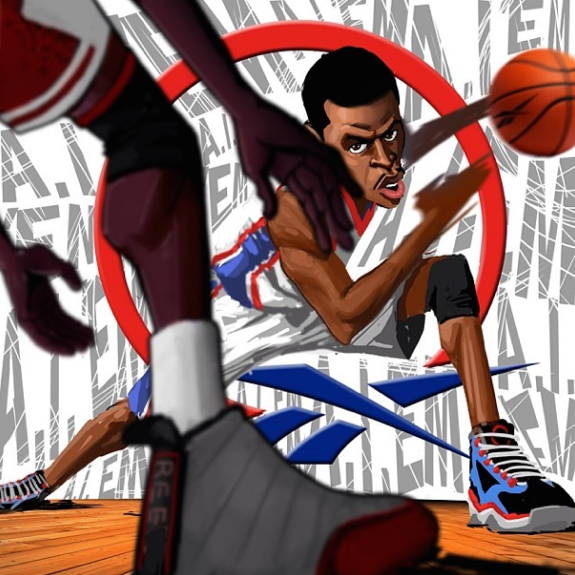
This needs to be a quick change of direction to make the move effective, and the dribble needs to stay low so that it is out of reach for the defender.
4. Make a DecisionAt this point, you should be able to judge whether your crossover has created a scoring opportunity for yourself or a teammate.
A good crossover dribble could create a pull-up jump shot or an open driving lane for you, or it could also pull a help defender away from an open teammate.
Variations of the CrossoverLike any move in the game of basketball, the crossover will become easier to defend if you do it the same way every single time.
Even though the crossover is a basic move that a beginner can learn to execute, there are many variations that higher level players should implement in order to keep developing the move.
a. Iverson CrossoverCountless players have executed the crossover dribble effectively throughout the history of basketball, but perhaps none better than Allen Iverson.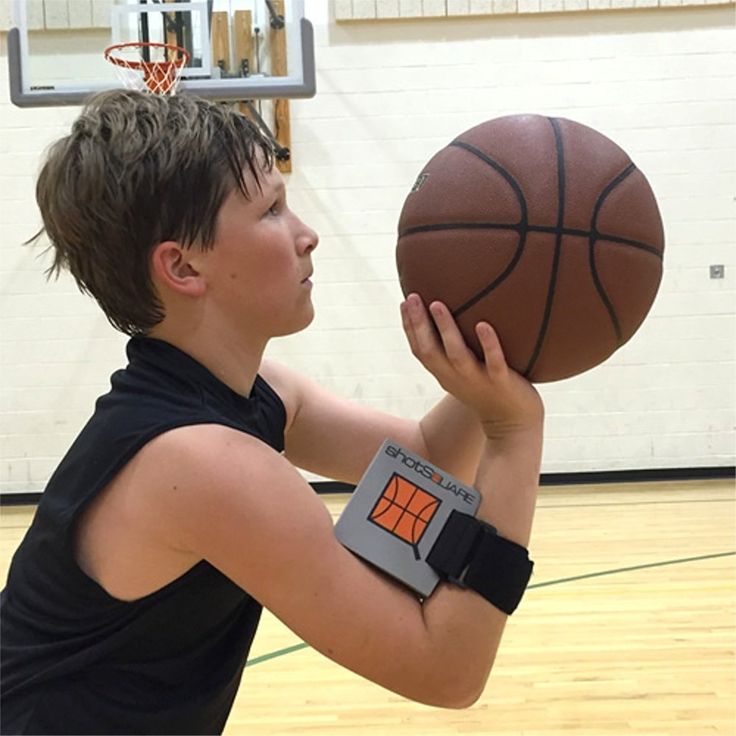
The flashy Hall of Fame guard perfected his crossover by putting extra emphasis on the set up, which led to embarrassment for many defenders.
Most famously when he used the move on Michael Jordan in 1997 and then stuck a jumper in his face.
While any standard crossover move relies on getting the defender going in one direction and then crossing back the other way, Iverson would often take a larger, over-emphasized step and bring the ball out wider to tempt the defender.
This added some style, and also some extra hesitation, which often froze defenders and made it impossible to guard his then quick and low crossover dribble.
Though it may not be considered a part of the Iverson Crossover itself, Iverson would also oftentimes set up the move by making multiple fakes to stall the defender before attacking with the crossover -- like going between the legs or behind the back to see if he could get the defender leaning.
b. In and Out CrossoverLike any good move, the crossover will not be as effective if it is not paired with a strong counter move.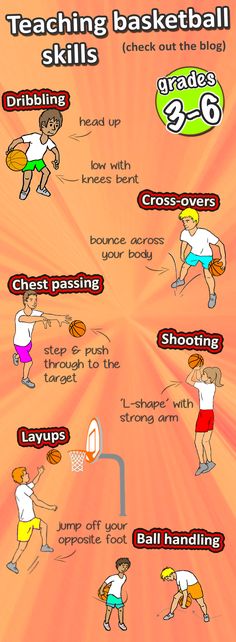
The In and Out Crossover is a way of faking the crossover and then continuing to dribble with the same hand and in the same direction you started in.
After you have set up the defender and hesitated, fake a crossover dribble by bringing the ball to the center of your body. Your hand should roll from the outside of the ball, then to the top of the ball, and finally to the inside of the ball.
Once your hand has rotated around to the inside of the ball, push the ball back to the outside of your body, and continue to power dribble in the same direction.
Following up a great crossover move with the In and Out will make it difficult for your defender to anticipate which move is coming next.
c. Tim Hardaway’s Killer CrossoverTim Hardaway’s variation of the crossover also focused on setting up the move.
Though he may not be as legendary as Iverson, the 5-time NBA All-Star’s crossover dribble was still famous enough to be named after him. You may have also heard it referred to as the “UTEP Two-Step” from his time in college.
You may have also heard it referred to as the “UTEP Two-Step” from his time in college.
Instead of putting the ball out wide and making a quick change of speeds, Hardaway was known for making a quick power dribble between his legs to set his defender up in one direction, followed by another quick crossover back the other direction.
This forces the defender to change directions twice in order to stop Tim Hardaway’s Killer Crossover.
ConclusionWhile the basic steps of the crossover in basketball are simple and can be taught to a player of any age, it is also a move that can be practiced and developed to the point where it can be effective on the highest level.
When done correctly, it will get your defender off balance and create a chance for yourself or a teammate to score. When varied, it has the potential to become a signature move that defenders fear.
The crossover has been an effective move for players at all levels for decades, and will continue to be a staple for any ball handler who aims to attack the defense and make a play.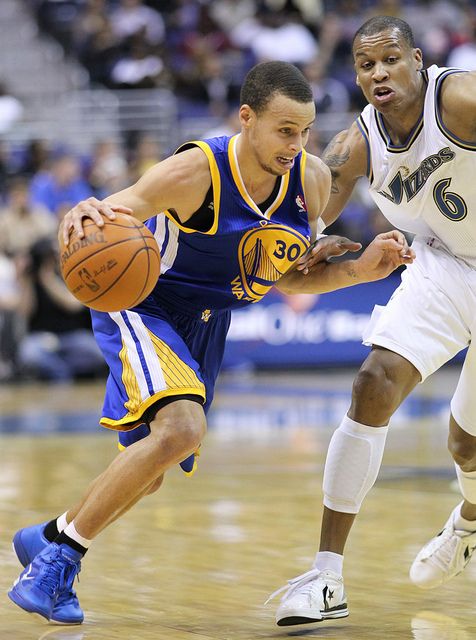
A Simple Guide on How to Do a Crossover in Basketball
The move of crossover in basketball enables you to deceive your opponent and charge towards the basket. The step-by-step instructions presented here should help in understanding the move in a better manner. Short descriptions of variations of this move are also given.
A crossover is one of the most effective moves used for deceiving the defender. This move requires the player to have a good hand-eye coordination and ability to move quickly. Crossover is a type of dribble that helps you get past the defender without making a foul.
It requires great amount of practice to do this move correctly. A properly performed crossover move helps in earning crucial points for your team. Understanding the nuances and subtleties of this move should help you master it in quick time. Here are few useful instructions on learning how to do a crossover in basketball.
The Crossover Move
Dribbling activity in the crossover move should be initiated with ball placed in the dominant hand. Placing the ball in your dominant hands offers better control over the ball and enables you to move quickly.
Placing the ball in your dominant hands offers better control over the ball and enables you to move quickly.
Best thing about the crossover is that it you can keep the defender guessing about your next move.
- The underlying idea of initiating a crossover move is quite simple and it can be explained with three Ds: dribble, deceive and drive ahead.
- You need to start the crossover with a dominant hand dribble.
- As you maneuver the basketball, keep an eye on the opponent’s moves. This also means that you have to perform the dribble without watching the ball; it requires great practice to dribble in this manner.
- Next step in the crossover move is that of deceiving the opponent. In order to deceive your opponent, take a step or two with that leg which is on the side of dominant hand; in the meantime dribbling should be continued.
- Suddenly shift your body weight on the other leg and also throw the ball from one hand to other.
 This action will deceive your opponent.
This action will deceive your opponent.
- There is a proper way to throw the ball from one hand to the other. You have to throw the ball downwards so that it bounces somewhere near your toes. The ball should be thrown in a manner that its path creates a V-shape while traveling from one hand to the other.
- You would ask, why is necessary to throw in a V-path. Throwing the ball in a V-path means that you don’t have to look at it. Instead you can focus all your attention on the movement of your opponent; the ball just bounces at a point equidistant from both your hands; it lands safely from one hand to the other.
- The action that you initiate from the point of suddenly changing the direction happens in a flash of time (even though the description sounds elaborate).
- We now arrive at the last part of our crossover move i.e. drive. This action of driving ahead simply means to move towards the basket. Deception is a potent tool that makes it easy to clear hurdles (in the form of opponents) and move towards your goal i.
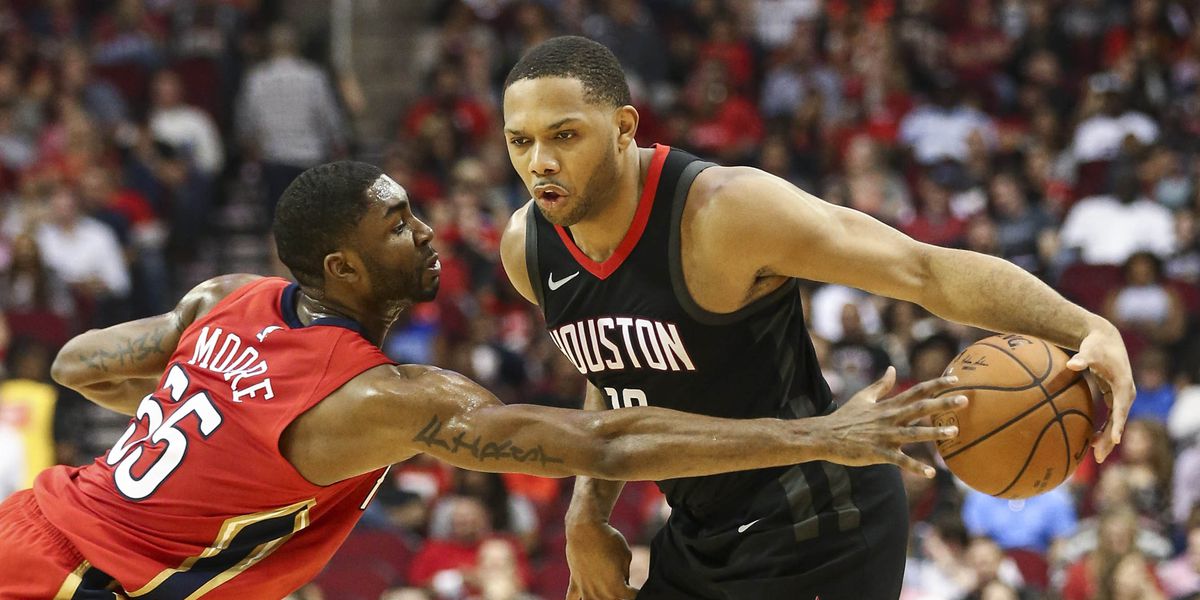 e., the basketball.
e., the basketball.
There are many variations of the crossover move and which allow to maneuver the basketball in different ways. The killer crossover, double crossover, behind the back crossover, etc., are some of these variations. Short descriptions of these moves should help in differentiating one from the other.
Killer Crossover
This is one of the most popular and also amongst difficult moves to perform. Basics of the standard crossover move remain the same in this move. Main difference between a standard and killer move is the way in which dribble is switched from one hand to the other.
In the killer crossover move, ball is pushed from one hand to other from between the legs. Chances of your opponent intercepting the ball are thereby reduced to a great extent.
Double Crossover
In this variation, ball is pushed from one hand to the other and a reverse of this action is implemented immediately. This move causes a great deal of confusion in the mind of your opponent.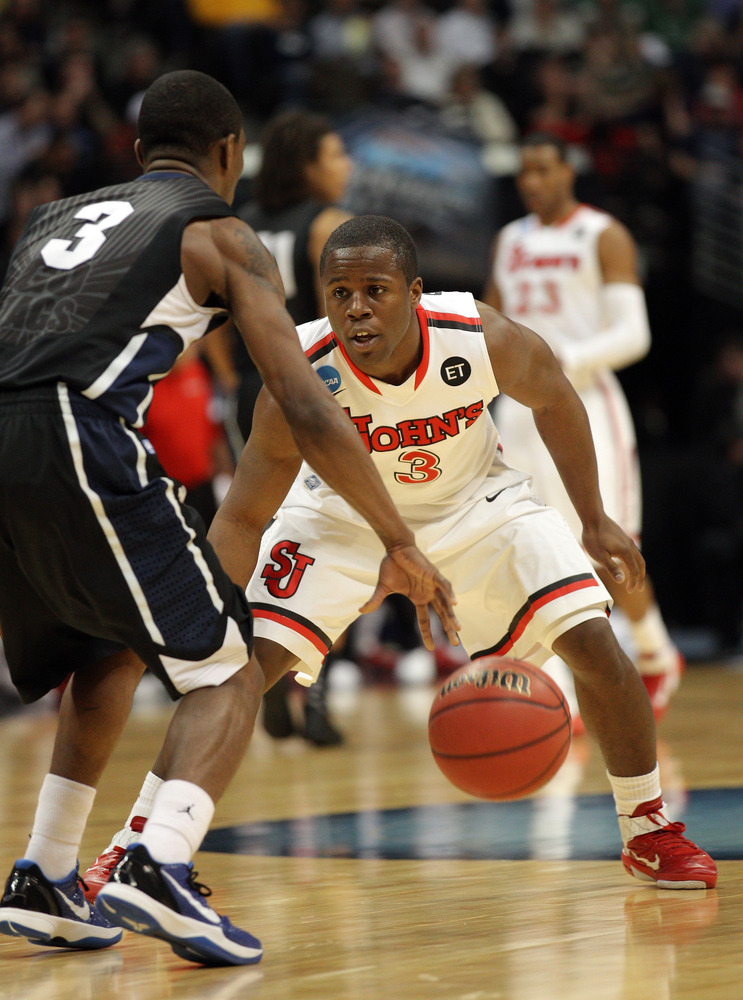 He is not only deceived, but also might trip over.
He is not only deceived, but also might trip over.
Ankle-breaking is the term specially used in reference with a crossover move that makes your opponent to trip over himself. The ankle-breaker is not necessarily a double-crossover; it can also be a killer crossover.
Behind the Back Crossover
This move is not different from the normal crossover except for the fact that ball is not dribbled in the front. Dribbling the ball at the back should keep it out of the opponent’s reach.
Practice is very important from the point of mastering the crossover. Only when you are comfortable with the basic move, you can bring about variations in your game. Staying light on your feet and understanding the moves of opponents are the key points you should remember in order to excel.
Like it? Share it!
Uncategorized
Get Updates Right to Your Inbox
Sign up to receive the latest and greatest articles from our site automatically each week (give or take).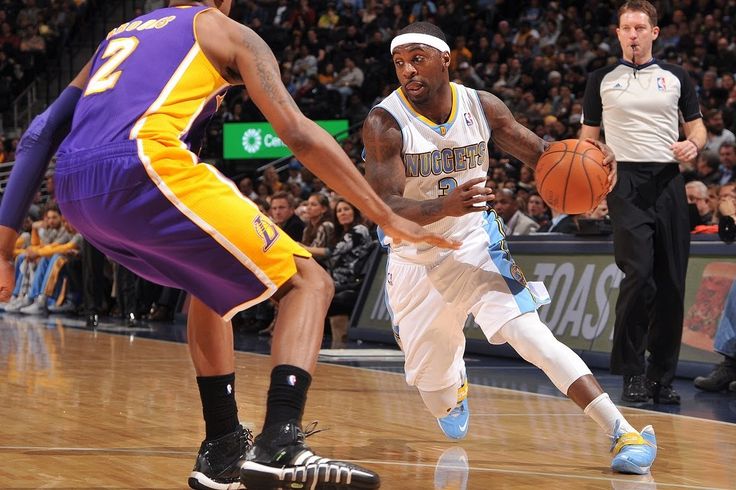 ..right to your inbox.
..right to your inbox.
Blog Updates
Email Address *
How to crossover in basketball: 9 steps quiz_container"),$('
').insertBefore("#newsletter_block_main"),ha(!0),b=document.getElementsByClassName("scrolltomarker"),a=0;a
In this article:
Performing a classic crossover
Performing various crossover variations
Additional articles
Sources
The crossover, also known as the "anklebreaker", is a great dribbling technique to create space between yourself and a defender. The basic move involves faking to one side to get the opponent to follow you and then bouncing the ball back to the other hand when the defender is out of the game. A member of the opposing team loses both balance and position, which allows you to freely shoot, drive the ball closer to the basket or pass. Popular with greats such as Allen Iverson, Tim Hardaway, Pearl Washington and Deron Williams, it can be a deadly offensive weapon with some practice.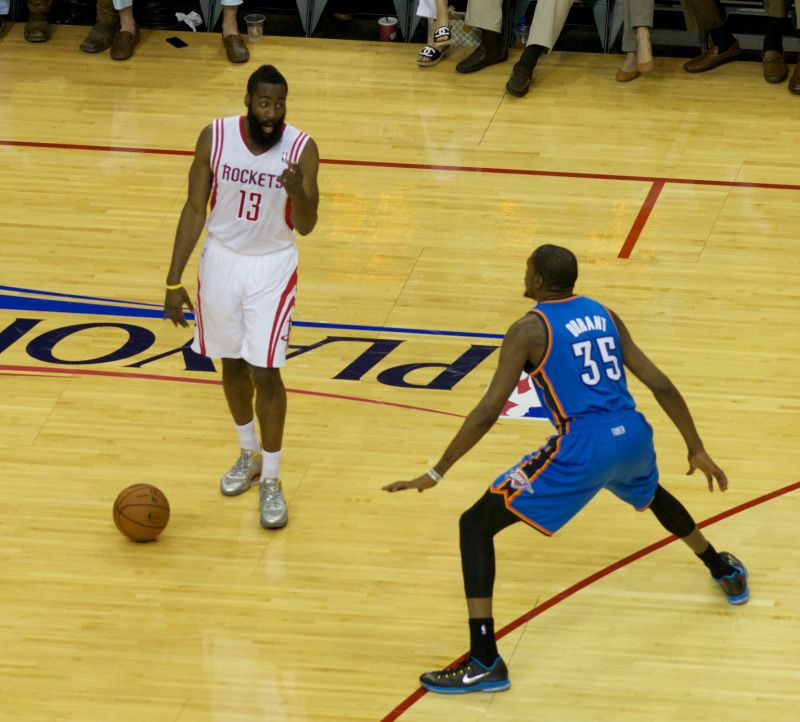 This guide will help you improve your balance and technique, as well as develop the skills you need to be a killer crossover.
This guide will help you improve your balance and technique, as well as develop the skills you need to be a killer crossover.
Steps
-
1
Develop your dribbling skills. Before attempting a crossover, make sure you have enough arm strength to dribble powerfully and control the ball. A good crossover requires you to be able to dribble the ball well with both hands and be able to change direction from any position.
-
2
Make a feint towards a favorable position for you. To perform an accurate feint, push the ball in the direction you are dribbling. Focus your eyes on the movement of the defender's hips and torso, not the arms or legs he will use as a distraction. If the hips turn in the direction of your feint, then you already know that you have effectively coped with the task. [1] X The source of information
- Also consider feints from your wrong side, then transferring the ball to the dominant hand and then passing from the strongest position.
 Leave the defender guessing about your next move.
Leave the defender guessing about your next move.
-
3
Make oscillatory movements. This is the most important and convincing element of the crossover. When the ball is flying overhead, some players will make a small jump, as if they are going to quickly move to a comfortable zone. The ball will be in your palm at this point, so all you have to do in such a situation is not dribbling, but rather feigning such gestures.
- Watch videos of great crossover performers to practice imitating their deceitful moves. Be careful not to hold the ball longer than the allowed time, otherwise the referee will whistle for a dribbling violation (running).
-
4
Stand in a wide low stance. Since the crossover involves the ball bouncing between you and your opponent, you need to make sure you are low enough to the ground and point your foot to a vantage point.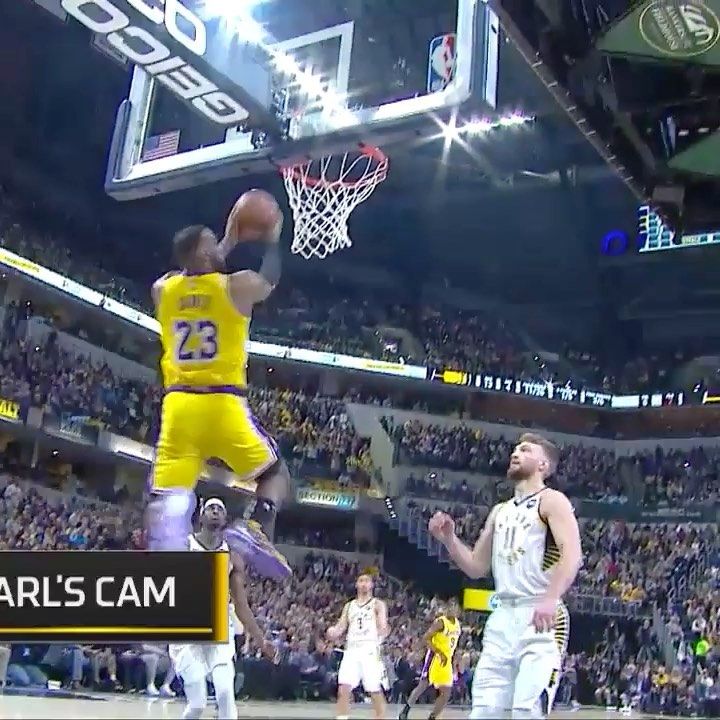 Allen Iverson was able to keep the ball very far from his body, but still completely control the bounce. You must evaluate how much you can achieve in this direction. Don't open so much that you could lose the ball.
Allen Iverson was able to keep the ball very far from his body, but still completely control the bounce. You must evaluate how much you can achieve in this direction. Don't open so much that you could lose the ball.
- Do not look at the ball when you are stepping. Focus on the defender and the court as a whole to assess possible open spaces, find free teammates, or come up with other playing opportunities.
-
5
Move the ball back and forth. When your defender turns in the direction you want, dribble quickly and powerfully, tossing the ball to your other hand. At this very moment, you must be open to take a jump shot or pass the ball to a team mate. This will happen in an instant, so be ready to act as soon as you have finished moving.
Advertising
-
1
Walk forward with the ball behind your back. Instead of guiding the ball between you and the defender, who can be a tricky and dangerous opponent, dribble behind your back to change direction on occasion.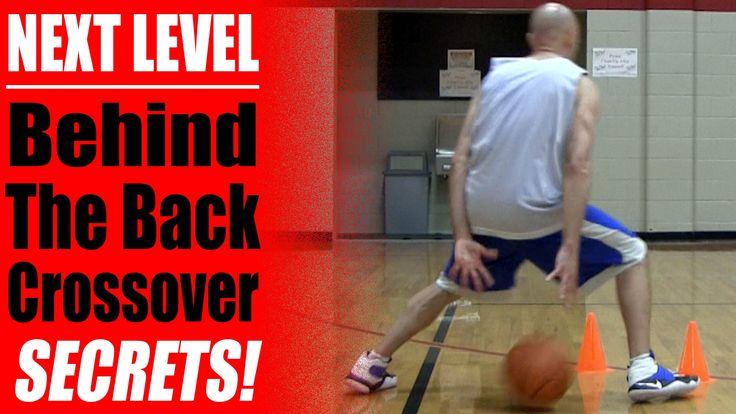 Use your torso to shield the ball and leave opponents with their noses.
Use your torso to shield the ball and leave opponents with their noses.
- Be sure to practice backward dribbling before attempting this move in play. You can't see where the ball is going, so this can be a tricky maneuver to learn. [2] X The source of information
-
2
Learn to dribble between your legs. Another effective defensive technique is dribbling between the legs. The most common way is when you dribble over your non-supporting foot and catch it with your awkward hand. But you are free to improvise in a variety of ways.
- Attempt to walk backwards from an uncomfortable position towards an advantageous position, as if you were bluffing into the advantageous area, and then again suddenly dribble back between your legs.
-
3
Learn how to do a double crossover. If the opponent, remaining in the center position, holds you and, accordingly, does not allow you to perform a feint, then transfer the ball back to the supporting hand and move in the direction where you originally feinted.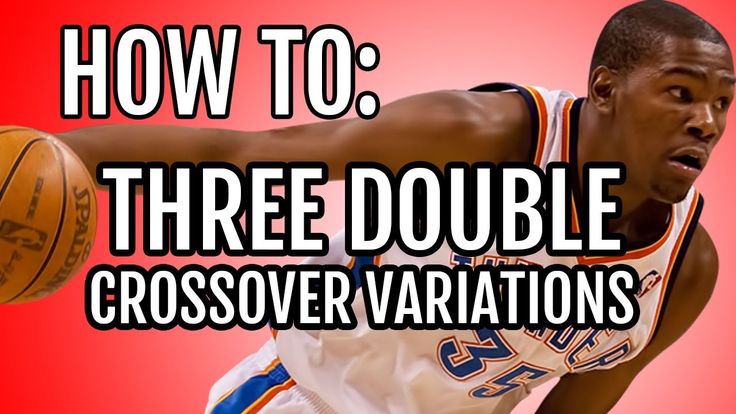 This double crossover is often used to confuse the defender. This movement coined the term "ankle-breaker".
This double crossover is often used to confuse the defender. This movement coined the term "ankle-breaker".
-
4
Get creative. Try different combinations of footwork and change of direction to improve your offensive play. A simple crossover is really just a simple fast dribbling, but when you get it right enough, your attacking play is only limited by your imagination!
Advertising
Tips
- Don't forget to drop your shoulders to look more confident. In this case, the opponent is likely to fall for your feint.
- If you pass the ball under your knees, then the opponent is less likely to steal the ball from you.
- If you are not fully aware of this, the defender may take the ball.
Advertising
Sources
About this Article
Other Languages
How to Crossover in Basketball - Wiki How English
The crossover, also known as the "anklebreaker", is a great dribbling technique to create space between yourself and a defender. The basic move involves faking to one side to get the opponent to follow you and then bouncing the ball back to the other hand when the defender is out of the game. A member of the opposing team loses both balance and position, which allows you to freely shoot, drive the ball closer to the basket or pass. Popular with greats such as Allen Iverson, Tim Hardaway, Pearl Washington and Deron Williams, it can be a deadly offensive weapon with some practice. This guide will help you improve your balance and technique, as well as develop the skills you need to be a killer crossover.
The basic move involves faking to one side to get the opponent to follow you and then bouncing the ball back to the other hand when the defender is out of the game. A member of the opposing team loses both balance and position, which allows you to freely shoot, drive the ball closer to the basket or pass. Popular with greats such as Allen Iverson, Tim Hardaway, Pearl Washington and Deron Williams, it can be a deadly offensive weapon with some practice. This guide will help you improve your balance and technique, as well as develop the skills you need to be a killer crossover.
This page has been viewed 26,847 times.
Advertising
Basketball players' mistakes during the crossover
Nikita Yamshchikov, founder of Ball In
@nikyamschikov
It would seem. This is the most popular move on the beat, thanks to Iverson, but not all basketball players do it effectively. Why so and what to do?
I was sorting out errors in a video on my channel, so watch it and then read on. Here in the article I will analyze what can help.
Here in the article I will analyze what can help.
Let's start with this point: there are different types of crossovers. All of them will differ in the height and amplitude of the translation, footwork and ball movement, but the 4 directions of errors from the video remain unchanged.
Error 1
The amplitude on the crossover allows you to shift the defender more to the side, as well as change direction when everything seems to be lost.
Solution: learn to control the ball away from you. For this, exercises on the pocket, pendulums with maximum amplitude and weight transfer / steps to the side and combinations of these movements with transfers under the leg or behind the back after passing this maximum amplitude are suitable.
Error 2
Slow transfer speed.
There may be several solutions. One of the simplest: make only one transfer and time how much you can do in 30 seconds. Every time try to beat this result.
Every time try to beat this result.
Error 3
Not the right moment to move.
The first point of correction: you must first learn to pass well in one direction. After a few simple attacks, the defender will be more likely to expect this pass, which means he is more likely to believe in your crossover.
The second step will be to watch the matches of your own and professionals with an analysis of situations when a crossover is performed, and when an attack is in a straight line.
Hint: look at the position of the defender's legs and vector of his movement.
Error 4
Footwork problems are the hardest to fix on your own. If you want to go the hard way, watch more videos with professionals and see how the best in this business put their feet on a crossover.
Footwork requires a lot of repetition and time. Start here at a slow pace. So be patient and keep practicing.![]()
Do you want to improve your crossover,
, and also upgrade your throw and finishes?
Try LVL UP course
Like this article? Share with your friends!
Interaction between players and referees in basketball
We talked with Sergey Mikhailov (FIBA referee) about the referee's game, discussed popular questions about fouls and runs, and took recommendations for all players.
Can you make decisions like Luka Doncic?
Take the test and compare yourself with a young talent
How to score 50+ points?
Interview with Polina Matushkina, ASB record holder and player of the KOR PK ASB teams, "Nika" women's Superleague-1.
Interview with Maria Vadeeva
Captain of the Russian women's national team, player of LA Sparks WNBA and UMMC Yekaterinburg
How did Luka Doncic get into the NBA?
Basketball story of a talented Slovenian
Why do yoga in the NBA?
The story of Miles Turner, Indiana Pacers center
5 facts about Zion Williamson that will surprise you
In training, I can do everything, but in the game you can't beat?
Understanding what to do and how to deal with it
The greatness of Michael Jordan in 5 matches
A selection of games of his airiness
Once a week we will send you all the materials, information about our events and promotions, and immediately after subscribing you will receive a selection best articles.